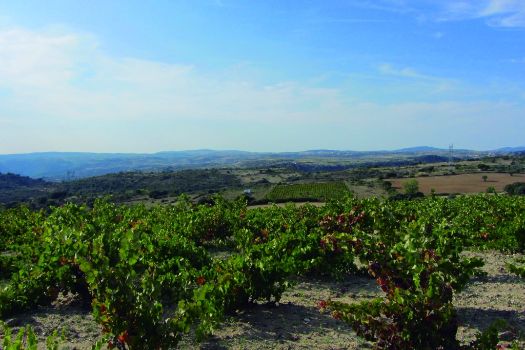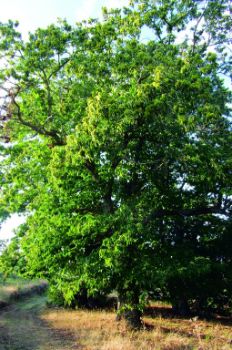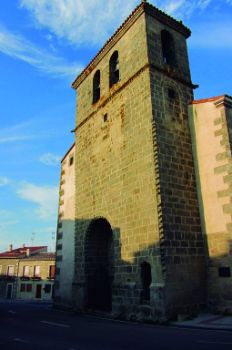Net of Natural
Trails

Stage 35: Pereña de la Ribera - Masueco
Description
The River Uces and the "Pozo de los Humos"
This Stage ventures through vineyards, moorlands and paths between stone walls, and one of the most spectacular waterfalls in the area with a 50-metre drop.

The Stage begins in the town of Pereña de la Ribera, with a vernacular architecture in which granite features prominently owing to its abundance in the county.
The route starts at Camino de los Cuernos, and continues along an easy path through farmlands with several vineyards. Wine-growing is the main economic activity in the county. Despite the ageing population, it is still robust.
In addition to the Bodega Cooperativa (cooperative winery), several private wineries opened in the area. Indeed, in recent years, several new wineries have focused their production on quality wines. It should also be remembered that olive and almond trees are also grown on some properties. In the areas closest to the river, orange and lemon trees thrive in the Mediterranean microclimate.
At the crossroads at Los Cuernos, the path turns left onto a narrow track little traffic. Nonetheless, it is worth taking the right path to visit the Pozo de los Humos, a waterfall with a 50-metre drop.

Back on the main route, the path heads along a narrow track, surrounded by yellow brooms (Cytisus scoparius) and scattered holm oaks (Quercus ilex). One can see in the distance the hamlet of Masueco where the Stage ends.
Further on, past a couple of wooden gates, the path reaches the DSA-560 road (former SA-CV-101).
The route continues in a gradual descent. The brooms on the slopes give way to Pyrenean oaks or "melojos" (Quercus pyrenaica).
After a U-turn to the right, the path crosses Pereña Bridge on the River Uces and continues along a country road.

The Nature Trail heads towards Masueco. It passes next to olive groves, almond trees and orchards, crosses the road a couple of times and heads along the last stretch.
The path widens, and, just before reaching the village, at the crossroads, a track emerges on the right that also leads to Pozo de los Humos.
The Stage ends at the Gothic church of San Nicolás de Bari, built in the fifteenth century.
Sites of interest
Profile

Highlights
Further information
Pereña de la Ribera
The steeple tower of the parish church of Santa María, built in the 16th century, is the landmark of this hamlet. It is also home to the Shrine of Nuestra Señora del Castillo, situated atop the Berrocal.
Evidence of prehistoric settlements can be found near the shrine. Tradition has it that the statue of Nuestra Señora de los Ángeles or del Castillo was buried under the fortress by villagers when the Muslims invaded the area. Centuries later the statue was recovered. Since then, Teso de la Ermita has become a prominent place of pilgrimage for the people of County Ledesma and across the River Duero in Portugal.
Pozo de los Humos
Pozo de los Humos is a waterfall in the River Uces. The granite wall along which the water falls is over fifty metres high. When the water tumbles onto to the bottom, it causes a mist cloud to rise up creating an unforgettable spectacle.
Spring and autumn are the best time to view the waterfall, as the river carries less water in summer. The beautiful name "Humos" (Smoke) comes from the rumble of the falling water.
The Pozo de los Humos has a depth in excess of 100 metres. Legend has it that a cart and two oxen once fell inside the Pozo, and although the villagers tied together all the ropes they had to a large rock, they were unable to reach the bottom.





